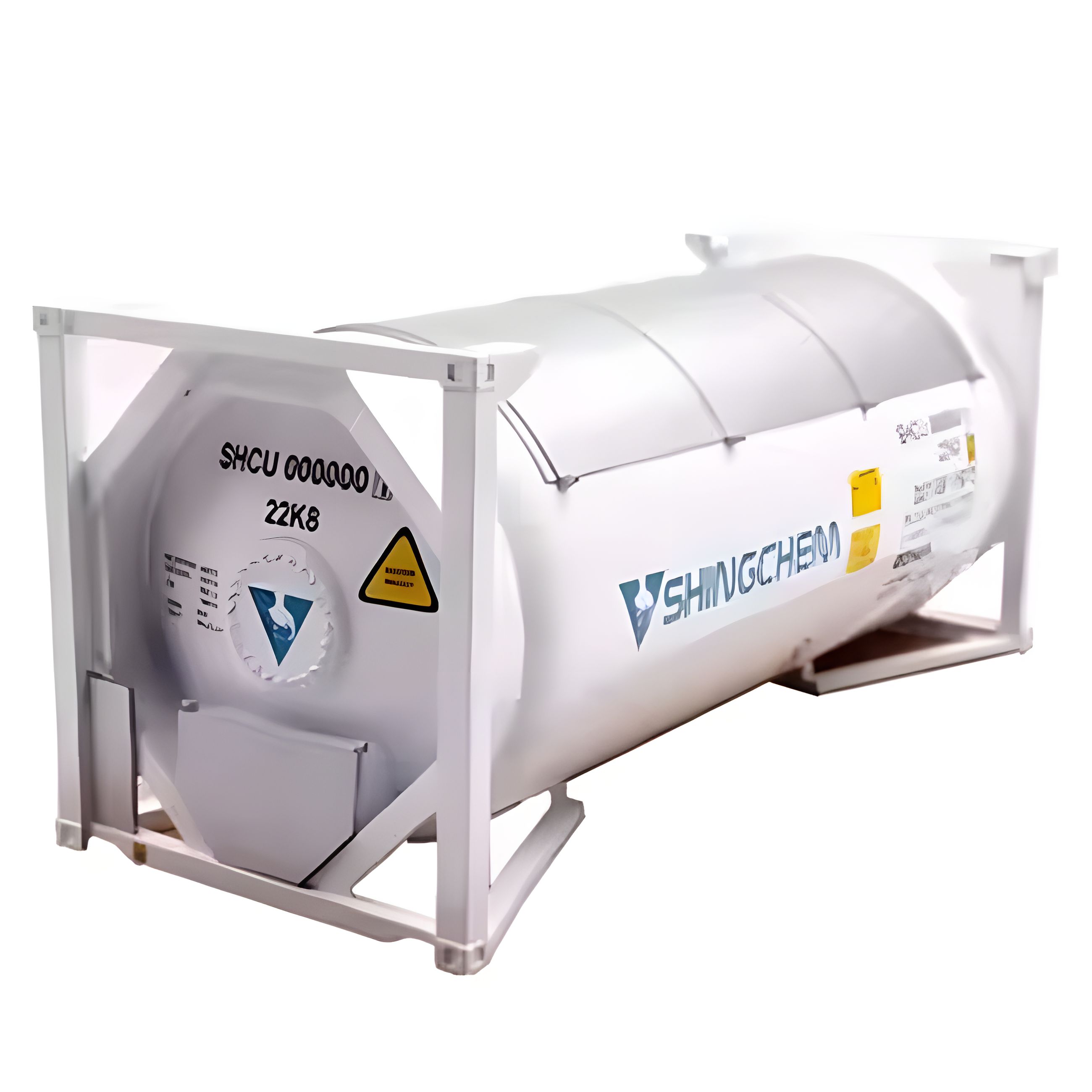115-10-6 Device abnormalities and treatment measures

115-10-6 Device abnormalities and treatment measures
115-10-6, this string of numbers represents the unique identity of Dimethyl Ether in the field of chemistry - its CAS number is a bridge between scientific research and industrial production. In the production process of dimethyl ether, the stable operation of the plant is the key to ensure product quality and production efficiency. However, in practice, various challenges are inevitably encountered, among which large fluctuations in bed temperature and frequent leakage of heat exchangers are two common problems. This article will analyze the causes of these two types of failures and propose corresponding solutions, hoping to help you.
1. The temperature of the bed fluctuates greatly
As one of the core parameters in the production process of dimethyl ether, the stability of bed temperature is directly related to the conversion rate of methanol and the formation of by-products. The bed temperature is too low, and the methanol conversion efficiency is low; If the temperature is too high, the side reactions will occur frequently, which is not conducive to the effective operation of the subsequent distillation system. The main reasons that affect the temperature of the bed are as follows.
(1) The control valve is faulty
The failure of the reactor inlet temperature regulating valve will lead to the failure of the reactor inlet temperature, and the failure of the cold gas regulating valve will lead to the failure of the temperature of the second stage of the reactor, which will eventually lead to large fluctuations in the bed temperature.
Disposal measures: (1) Check whether the gas pipeline of the regulating valve instrument is disengaged, resulting in the interruption of the air source and the non-operation of the regulating valve; (2) Debug the opening of the control valve to see if there is jamming or no action. According to the temperature of the reaction bed, the control valve is adjusted in time, the main hand valve and the control valve are bypassed, and the bed temperature is controlled.
(2) The gas composition of the reactor inlet changes
When the return flow is small or the amount of steam added is large, the recombinant water in the vaporization tower will rise, the water in the gas phase of the vaporization tower will increase, and the methanol content will decrease relatively. Since the dehydration of methanol to produce dimethyl ether is an exothermic reaction, a decrease in methanol content will lead to a decrease in bed temperature.
Disposal measures: increase the temperature of the reactor outlet by adjusting the temperature regulating valve at the inlet of the reactor to ensure that the temperature of the bed is within the reaction range. Increase the return flow rate of the vaporization tower, reduce the amount of vaporization tower steam, and avoid overtemperature at the top of the vaporization tower according to the methanol saturation vapor pressure gauge, which will affect the gas composition at the inlet of the reactor.
2. Frequent internal leakage of heat exchanger
In the dimethyl ether production process, circulating water heat exchangers play a crucial role. However, the frequent occurrence of tube sheet leakage or pipe break caused by large temperature difference in the pipe shell process not only affects the quality of circulating water, but also seriously reduces the work efficiency. Here's how to solve it:
Upgrade material: Take advantage of the opportunity of shutdown and maintenance to replace the internal parts of the circulating water heat exchanger, and choose corrosion-resistant and high-temperature resistant stainless steel materials to fundamentally improve the durability of the heat exchanger.
Optimized structural design: In view of the problem of large temperature difference between the tube and shell, the structure of the heat exchanger is optimized, such as increasing the thickness of the tube sheet and optimizing the layout of the tube bundle, so as to improve its ability to withstand temperature differences.
Strengthen maintenance and overhaul: Regularly maintain and overhaul the heat exchanger, and identify and deal with potential leaks in a timely manner. At the same time, establish a complete maintenance record and data analysis system to provide a basis for future maintenance and improvement.